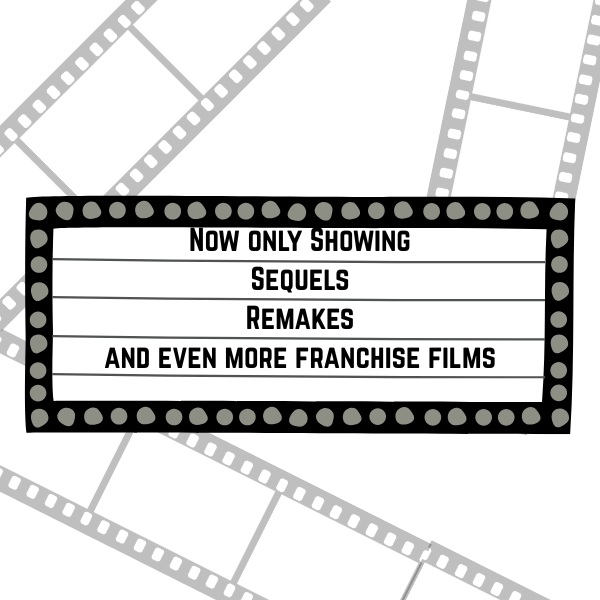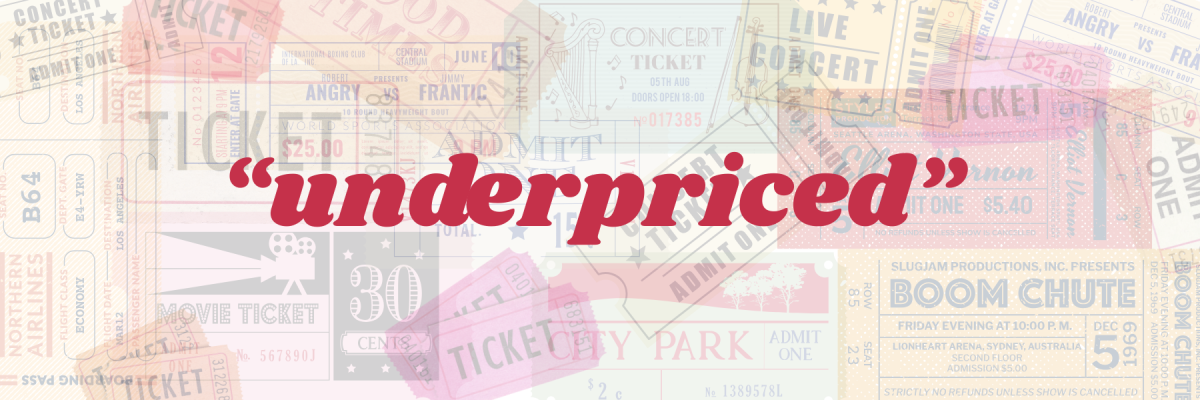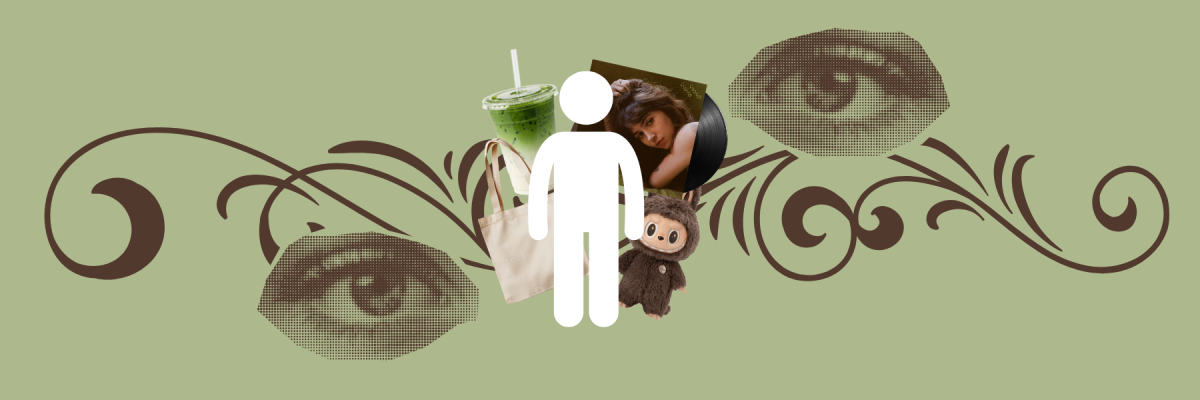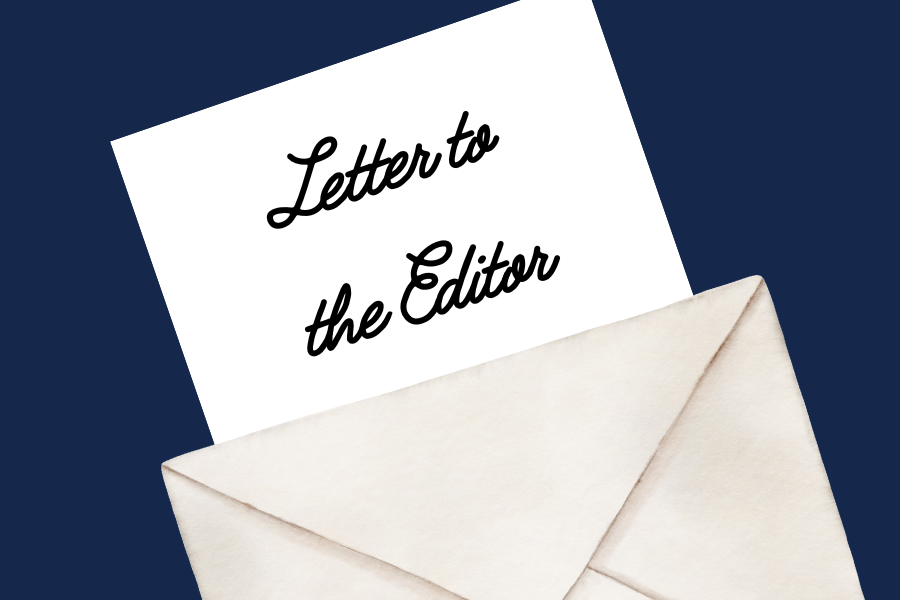When you look at a list of the most anticipated movies for 2025, only a few of the titles mentioned would be considered original concepts or ideas; the majority, however, find their storylines in some sort of existing media. This trend shows a growing dependency on already established trends and markets, and a growing fear of creativity in all industries, not just film.
Sequels and remakes have always been a part of the movie industry; if it sells well once, it can sell well again. This, like all things, has its limits. These types of movies went from being just a portion of the films we see to becoming staples of annual lineups, and have caused many moviegoers to note the lack of originality permeating Hollywood.
The easiest explanation is the guarantee of sales. If there is an existing fan base for a story, the fans will scramble to watch any movies that have to do with the characters and plots they already hold a deep attachment to.
Remakes, like the new “Harry Potter” HBO TV show, have nostalgia to fuel their sales and sequels depend on fans needing to know what happened next. An original idea, however, has to sell tickets based completely on the concept, and maybe some notable names in the casting, but there’s no emotional bond to get an average viewer to go to the theaters.
Physical media is dwindling in popularity, and the rise in streaming services has made a trip to the movies an overpriced hassle. As a result, new ideas are risking empty seats and poor box-office outcomes. Why not play it safe and watch the new Marvel movie in person, and wait to watch the A24 movie at home? In an unstable economy where not everyone has the disposable income to watch every new indie film, it is easiest to remain in the warm embrace of what is known and avoid the costly disappointment of the unknown.
In addition to making the same thing over and over again, directors have also grown dependent on casting from the same pool of actors, completely disregarding whether they fit the role. Film adaptations of classic novels have been criticized for casting actors with “iPhone faces” and ignoring crucial aspects of the story for the sake of an A-list cast.
The book industry, much like the film industry, has also recently received scrutiny over a lack of originality. As BookTok has grown in popularity, more and more writers have tried to keep up with what is selling online, and the best way they’ve learned to do this is through tropes.
Books these days consist of trope-infested storylines that are rearranged over and over again and presented to consumers with new flashy titles and covers. This has made plotlines seem repetitive, and writing has become weaker as a consequence.
In the art world, contemporary art has been criticized for being too simple or not making any sense to the average person. In many ways, it lacks the complexity and originality of its predecessors and is yet another victim of the modern conformist epidemic.
I could go on and on about how every creative avenue a human’s mind can wander down is being boarded up by the capitalistic need to profit off of things rather than feel them, but we’d be here all day.
The point is, the film industry isn’t unique in its increasingly bland and uninspired releases; it is a victim, like every other form of media, of people needing to get paid for the work they do. Creative jobs are infamous for their financial instability, and if creating yet another live-action Disney princess movie no one asked for is going to keep the heat on for someone behind the scenes doing what they love, then maybe it is worth it. All I ask is that we take some risks and let creativity become a part of the conversation again, even if it takes a few years, so we can go back to creating art for the sake of art rather than to fill the pockets of an already rich man.








